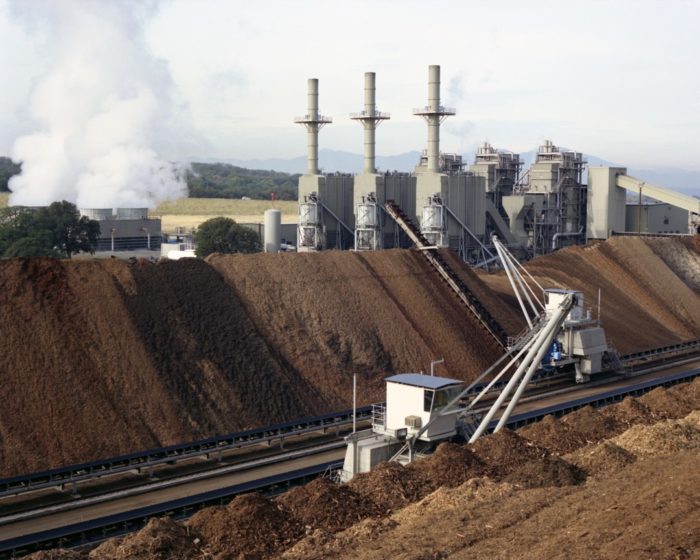
Image Credit: Warren Gretz / National Renewable Energy Laboratory
Burning wood and wood waste to generate electricity will result in net carbon emissions over the next several decades even under the best-case scenarios promoted by the industry, according to a recently released report.
Writing in Environmental Research Letters, author Mary S. Booth disputes assertions that burning biomass is carbon-neutral, challenging renewable energy investments in the U.S., Europe, and Asia where imported wood pellets are burned as a replacement for coal.
“Biomass power plants tend to emit more CO2 than fossil fueled plants per MWh, and as shown by a number of studies, net emissions from bioenergy can exceed emissions from fossil fuels for decades,” Booth says.
Industry views the burning of forest waste — treetops and branches, rather than whole trees — as carbon-neutral because the material would decompose and release stored carbon anyway, even if it were not burned for energy. Even here, Booth says, greenhouse gas emissions are still significant, a summary of the findings published by the Partnership for Policy Integrity says.
Booth says there is wide agreement in the industry that when biomass comes from forestry residues, wood products manufacturing, or agriculture, the net carbon impact is the difference between emissions from the use of the material as fuel and emissions from some other fate, such as leaving it on the ground to decompose.
“Studies using this approach generally conclude net bioenergy emissions are not zero over varying periods of time,” her report says. “Nonetheless, many policies still treat bioenergy as having zero or negligible emissions.”
The U.K. paid the equivalent of $1.2 billion in renewable energy subsidies for bioenergy in 2015, the Partnership for Policy Integrity said, and the industry is expected to grow significantly in the future.
Timing is key
Booth says that if the world is to meet goals in the Paris Agreement of limiting global temperature rise, carbon emissions must peak between 2020 and 2030, and then decline to less than half the 2010 levels by 2050. That means that steps to reduce or eliminate emissions in the next decade are “essential,” given that elevated carbon dioxide levels in the atmosphere are already evident.
Those who favor burning biomass to make electricity argue that the process is essentially carbon-neutral. Burning wood results in the release of carbon dioxide, but planting new trees will, in time, produce forests that remove carbon dioxide from the air and sequester it once again. It’s that long stretch of time between the sudden release of a large amount of carbon and eventual reforestation that concerns critics.
“We call it ‘slow in,’ as in it takes a long time for the carbon to accumulate in the forest, and ‘fast out’ — you’re burning it so it goes into the atmosphere rapidly,” Beverly Law, an expert in forest science and management from Oregon State University, said in article in Scientific American.
In the U.S., federal agencies are being pressured to recognize biomass power plants as carbon-neutral sources of energy. EPA Administrator Scott Pruitt includes biomass carbon neutrality as part of the administration’s plan for “energy dominance.”
But for scientists like Booth, the long time frame in carbon release and carbon sequestration in new trees is a problem.
“There is no time like the present to reduce emissions,” Booth says. “Given the anticipated role for bioenergy in climate mitigation, climate-related policies should be reformed immediately to account for bioenergy impacts.”
Weekly Newsletter
Get building science and energy efficiency advice, plus special offers, in your inbox.





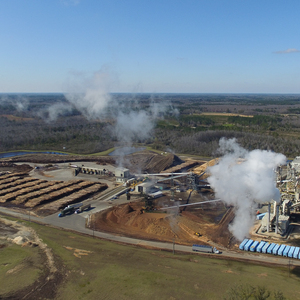
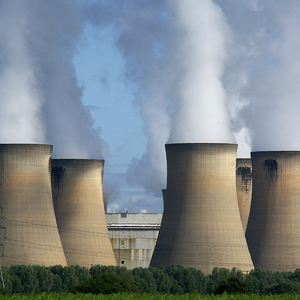
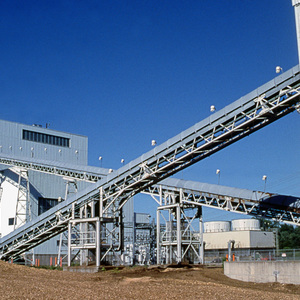
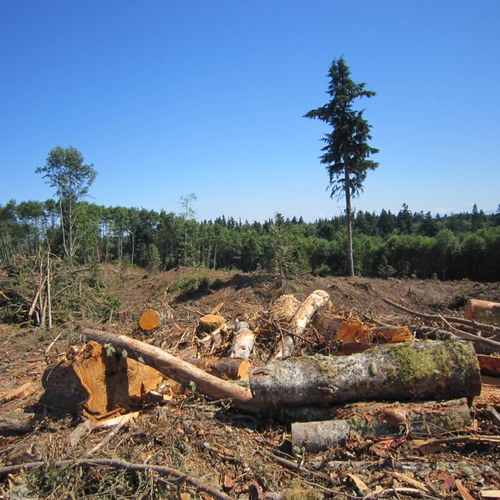






0 Comments
Log in or create an account to post a comment.
Sign up Log in